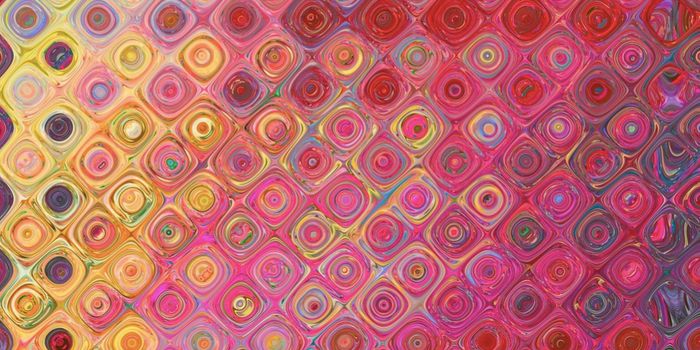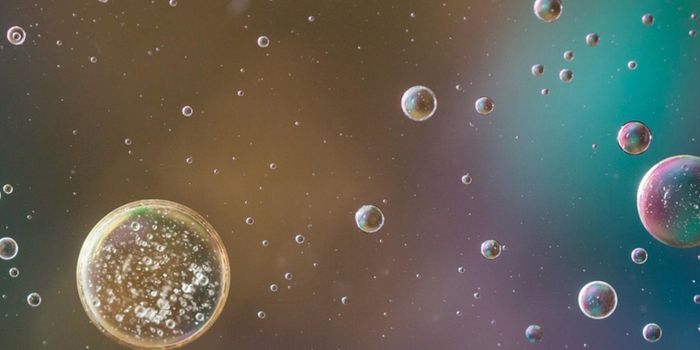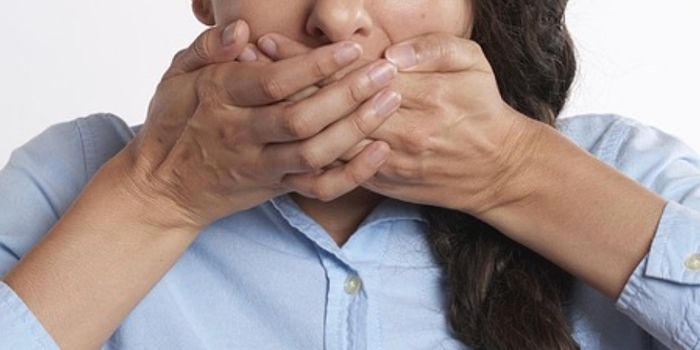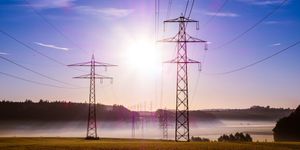Why Yellowstone Hosts an Incredibly Diverse Microbial Community
Yellowstone National Park is home to hot springs that sit thousands of feet above sea level, where volcanic gases, rainwater and snow mix in blue hot springs. According to researcher Dan Colman, that unique mixture allows an incredibly diverse community of microorganisms to grow. Colman has found that a thumbnail-sized sample of the mixture contains more microbial biodiversity than the rest of the animal and plant diversity in all of Yellowstone. These microbes included different branches of life - bacteria and archaea, and under half have been detected in hydrothermal environments before this. Learn more about the microbes of Yellowstone from the video.
The findings, by Colman, graduate student Melody Lindsay, and associate professor Eric Boyd, have been reported in Nature Communications. “We think that this work has some pretty broad implications that stretch across several disciplines," said Colman, who is the lead author of the report and an assistant research professor in the Department of Microbiology and Immunology in the College of Agriculture and the College of Letters and Science.
The paper is unique, noted Boyd, because it explains what conditions enabled this microbial diversity to arise and be sustained. "A lot of people are interested in discovering diversity. That's the end goal. That's admirable," Boyd said. "What Dan wanted to know is why. Why do we have so much diversity, and why are some springs more diverse than others?"
Some of these newly found organisms may also eventually provide insight into the earliest forms of life.
The geochemistry of the hot spring the researchers investigated, Smoke Jumper 3 (SJ3) is unique, said Colman. That made it a perfect place for learning more about the influence of volcanic gases on hydrothermal systems and microbial life that thrives on chemical instead of light energy. The geographical location of SJ3, and its site above an active volcano, is critical to that life. “SJ3 is located at high elevation on the Continental Divide, features that prevent deep hydrothermal water aquifers from reaching this area,” noted Colman.
Colman explained that SJ3 and springs like it are fed by volcanic gases that get produced as hydrothermal waters boil, moving them to the surface. Water like rainfall or snowmelt near the surface can mix with the gases, which are rich in hydrogen, methane and carbon monoxide. The water, meanwhile, carries high levels of oxygen. As these very different fluids mix, it may drive the growth of diverse groups of microbes.
“Just like a greater variety of food attracts more and different types of people, so does a hot spring that offers a variety of chemical conditions,” explained Colman.
Using genetic sequencing tools, it took the research team about three years to fully characterize the microbial community in the hot spring. While most hot springs host only a few types of microbes, SJ3 had members from nearly half of every known microbial group in the planet, including dozens of unknown lineages.
"Moreover, many of the lineages that we detected in SJ3 have recently garnered significant attention because of their potential to inform on the evolution of methanogenesis (the biological creation of methane), in addition to previously unknown types of methanogens, and deep branching microbial lineages associated with subsurface environments and many other enigmatic lineages," Colman said. "It is likely that additional studies of such systems and the intriguing organisms within them will yield additional important insights into microbial ecology and will shed new light on their role in the evolution of biogeochemical processes."
Sources: AAAS/Eurekalert! via Montana State University, Nature Communications








